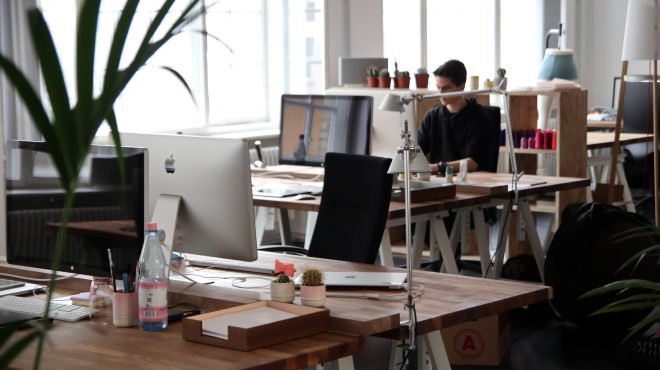Inside Supply Management Magazine
Managing Coronavirus Impacts with the Workforce and Future in Mind

With the coronavirus pandemic continuing to impact supply chains, consumer spending and buying habits, and workers’ health and safety, Gartner, the Stamford, Connecticut-based global business research and advisory firm, recommends that companies concentrate on three impact areas — workforce, products and costs — in its Coronavirus Alters Supply Chain Dynamics Impacting People, Products and Costs report.
Inside Supply Management® spoke with Sarah Watt, senior director analyst with the Gartner supply chain practice and one of the report’s authors, about supply chain strategies and considerations for organizations to consider concerning these three areas.
Question: Is there a single most pressing impact of the pandemic on the supply chain?
Answer: The most pressing impact is on people. Supply chain is a lot about people. If you think about logistics and distribution, behind every movement of a product is usually a person. So it’s very much people sense of event.
I’m seeing also concerns about supply: Can we get materials? Can we move materials around and get access to logistics? Are things slowing down at customs? There are concerns about demand — consumer spending and habits are changing.
It’s a complex situation. I think it’s fair to say supply chains will be different after this event, and we will focus more in the future on the resilience of our supply chains, thinking about scenarios and potential points of weakness within our supply chains.
I think there’s also an opportunity in terms of collaboration and communication. We have an opportunity to help with payment terms for companies in cash-flow distress. We can also help the resilience of our supply chains, by recognizing our weaknesses.
Q: How will the pandemic change how organizations source?
A: There’s a whole network design piece to supply chain. I think we might see a focus on supply chain resilience, with network design a piece of that wider discussion. There also will be things like looking at supply robustness — looking at single points of failure in supply chains, looking at business continuity plans and the like. … Network design is part of that bigger picture — seeing that we don’t have our network all in one country, for example.
Q: Talk about how crisis management teams might become fatigued and make poor decisions.
A: The coronavirus pandemic is quite different than, say, the 2011 Japanese earthquake, which was a physical disruption — we lost access to the supply chain, but it was over in a short period of time. There, we understood the impact and responded to it.
What’s different with the pandemic is it’s changing on a day-by-day basis, and we’re having to constantly think about scenarios we’ve got in mind and actions that we can take now to try to best position our organizations next week or next month.
Crisis-management teams are usually small groups, and those individuals are working incredibly hard to make decisions for organizations to ensure that we continue our customers. For an extended period of time, we are relying on those same people day in and day out, and they’re working exceptionally long hours to coordinate the organization’s response to this event. You begin to worry about fatigue and making sure we spread the load by having team members who can step in and out. (One idea is to) have a group that works for a period, then we swap it out. This way, we look after employees as well.
Q: What other measures should companies take regarding the workforce? Are people working differently than they were before?
A: I think we must segregate the workforce more — for example, working from home — when there is no impact on the organization. But there are those who are working in a manufacturing or distribution environment who typically have to be present to execute those roles. So, I think organizations must consider controls they can put in place to make workers feel safe. In an event like this, a lot of the consumer changes in spending have been driven underlyingly by a sense of fear. (There’s) a sense that we can’t be worried about what’s happening. But we all have the right to be worried. It’s an unprecedented event.
That translates to the workplace, where we’re worried and concerned about coming to work and getting infected. (The question becomes), how do we implement workplace controls? Obviously, travel bans are in place. Companies also have to consult with the human resources department and perhaps other groups — you have to include the union, if one is involved — on proposed measures.
The other thing to think about in the workplace is social distancing, so companies may have to stagger shifts, for example. (Another idea is) to work in small clusters — you can deal with these five people in the workplace, but we don’t want you to critically engage with anyone who is not on your team. This way, if one person is impacted with, say, an elevated temperature, only five people must be quarantined, we are not spreading something throughout the workplace and forcing a quarantine of a wider group of individuals.

